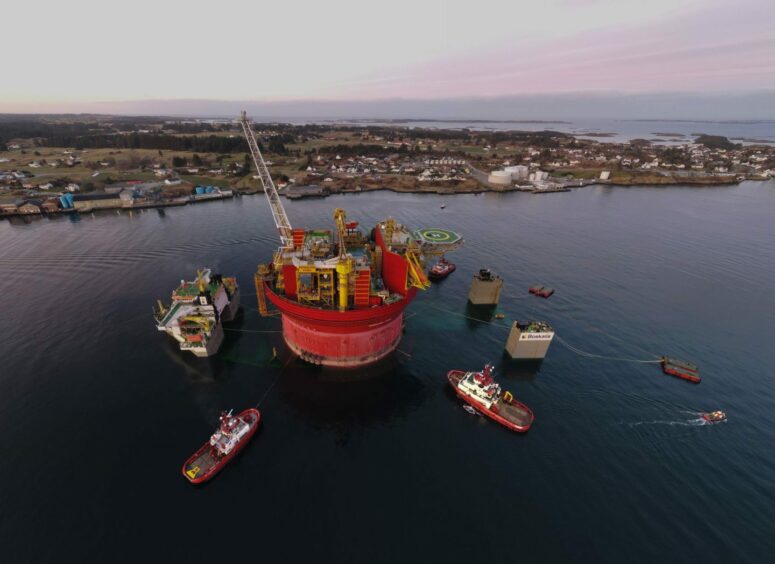
An analyst has described how North Sea oil field redevelopments are “on the rise”, however, some are going more smoothly than others.
Like a person who kept their 1970s flared jeans, operators are cracking out some old favourites as they plunge money into these projects to breathe new life into them.
Vice president of operations for Europe at Welligence Energy Analytics, David Moseley, noted this trend.
He told Energy Voice: “The number of redevelopment projects in the UK is on the rise. The logic is clear – material greenfield developments in the UK are in decline, driven by the basin’s maturity and diminishing discovery sizes, making revisiting large, older fields increasingly viable as a way of adding new reserves.
“The wealth of subsurface well and production data makes the case more compelling. “
That being said, redevelopments may not always be the right fit for a company’s portfolio.
Mr Moseley added: “There is a need to balance this with individual project-specific risks, especially where those that led to original early production cessation could resurface – production performance being one obvious example.”
As redeveloping old fields becomes fashionable, Energy Voice runs through the hottest prospects in UK waters.
UK North Sea redevelopment rundown
Penguins
Shell’s Penguins project is a redevelopment of a hub that once served the giant Brent Charlie platform.
Penguins has historically been oil-producing with associated gas reinjected to boost production.
Shell now intends to take associated gas and export it through a new pipeline to the St Fergus terminal in Aberdeenshire.
The London-listed supermajor’s project has encountered several setbacks, namely due to delays in the construction and transport of the field’s name-sake floating production, storage and offloading vessel.
The Penguins FPSO is Shell’s first new manned vessel for the UK in three decades.
Set to work on a field 150 miles north-east of Shetland, the vessel is expected to unlock 80 million barrels of oil, Shell said at the time of the investment decision in 2018, which would have otherwise been left stranded as Brent Charlie shut down.
The vessel is currently at Aibel’s yard in Haugesund, Norway where it has been for more than a year. The FPSO is set to come to the UK between April – September this year.
Murlach
Late last year the UK government approved BP’s Murlach project, a redevelopment of part of the Skua field.
Sitting around 126 miles east of Aberdeen, the field produced through the early 2000s and was previously operated by Shell.
Its redevelopment is expected to recover around 26 million barrels of oil and 602 million cubic metres of gas.
BP acquired the licence along with joint venture partner NEO Energy – which holds a 20% stake in the project – as part of the 30th Licensing Round following its relinquishment by the rival supermajor.
The project itself will consist of two production wells and a subsea tieback to the Eastern Trough Area Project (ETAP) installation.
Peak production would be in the region of 20,000 barrels of oil per day and around 17 million cubic feet of associated gas per day.
The Murlach project will share existing infrastructure already present around the Murlach Field, including the Heron A production pipeline to transport production fluids, the Heron wash water pipeline and the Seagull control umbilical.
In January Wood announced a multi-million dollar contract to deliver topside modifications at ETAP.
The Aberdeen-based engineering firm said the “major” two-year contract’s key focus was to enable the platform’s connection to Murlach.
Mr Moseley described Murlach and Penguins as “fairly advanced,” compared to others in this list.
Cheviot
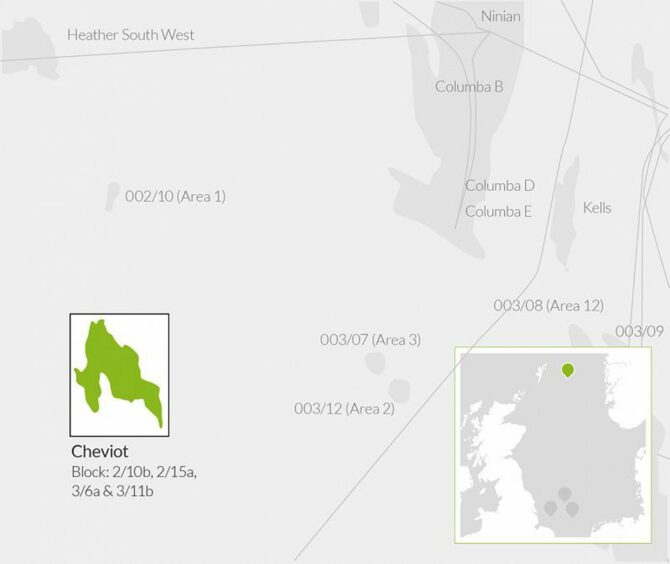
While the two UK supermajor’s redevelopments are progressing well, Waldorf Production’s Cheviot project seems less certain.
After discussing Penguins and Murlach, Mr Moseley added: “Others still have a fair way to go and have a relatively high degree of uncertainty in terms of likelihood of happening,” for example Cheviot.
The Cheviot project is a redevelopment of the Emerald which was owned by Midland and Scottish Resources and ceased production in 1996.
Waldorf currently owns a 100% stake in the Cheviot redevelopment project.
Aberdeen’s Waldorf Production is being faced with liquidity shortfalls, recent reports suggest, however, the firm has remained tight-lipped on the issue.
Waldorf Production was asked for comment on the future of its Cheviot development.
Affleck
NEO Energy’s Affleck development is set to be a tie-back to Harbour Energy’s Judy platform via the Talbot pipeline.
NEO intends to reconnect to existing Affleck wells A1 and A2 via a pre-existing manifold, with new pipelines and umbilicals that will link it to both Talbot and Judy.
The project that sits 178 miles south-east of Aberdeen received the green light from UK regulators in 2023.
The field will serve as a boost to the Judy hub, which saw its Talbot field receive a regulatory green light in 2023.
Talbot, which will co-mingle its production with Affleck, is estimated to hold around 18.1 million barrels of oil equivalent (boe) of light oil with associated gas.
According to NEO’s environmental statement, Affleck will produce mostly oil, reaching a peak of 5,218 barrels per day, tailing to 1,244 barrels per day in 2037 with some associated gas.
Harbour earlier this year set out plans for subsea construction and pipelay works between March and August this year.
Buchan
Another NEO Energy fronted redevelopment, Buchan was signed off by the UK regulator last year.
NEO will hold a 50% stake as the operator of Buchan, alongside partners Jersey Oil and Gas (20%) and Serica Energy (30%).
Located 93 miles off the coast of Aberdeen in the Moray Firth, the redevelopment of the former Repsol Sinopec field is the third-largest upcoming project for the UK North Sea.
Under the plans, NEO will establish a new production hub at the renamed Buchan Horst field using the Western Isles FPSO.
NEO Energy acquired the Western Isles FPSO on behalf of the Buchan joint venture in November 2023.
According to documents submitted to OPRED, NEO will commission modification work to enable the vessel to be electrification-ready from 2030.
NEO will aim to power production from a nearby INTOG offshore wind farm, with the Green Volt and Cerulean Winds projects mentioned as possible candidates.
Meanwhile, the Aberdeen firm expects drilling to commence in mid-Q2 2025, with first oil expected from Q4 2026.
The Buchan operator estimates the total capital expenditure forecast for the Buchan redevelopment to be approximately £850-950 million.
Anning, Somerville and Hodgkin
In January, Hartshead Resource announced a ‘financing backstop’ worth A$800 million (£415m) to progress the first phase of the Anning and Somerville developments.
Viaro Energy agreed to buy the majority stake in Anning and Somerville fields in January as part of a £105 million deal.
Anning and Sommerville are expected to reach first gas in the fourth quarter of this year and are redevelopments of the projects that shut down in 2015.
Phase one of the redevelopment project will focus on Anning and Sommerville while the second stage will focus on the Hodgkin and Lovelace fields.
As part of its deal earlier in the year, Viaro Energy also picked up a stake in the fields that will be developed under phase two.
The Viaro Energy and Heartshead Resource Southern North Sea development is breathing new life into the Viking E, Victoria and Audrey fields.
Galapagos
Bridge Petroleum’s Galapagos is currently in the approval stage and is set to begin production next year, according to GlobalData.
The redevelopment of this project will require a subsea tree and around 17 wells to be drilled.
Galapagos started up production as North West Hutton in 1975 and ceased in 2002.
The field is expected to reach peak production the year after operations begin.
Bridge Petroleum hopes to extract reserves of 81 million barrels in the first phase of Galapagos.
Recommended for you


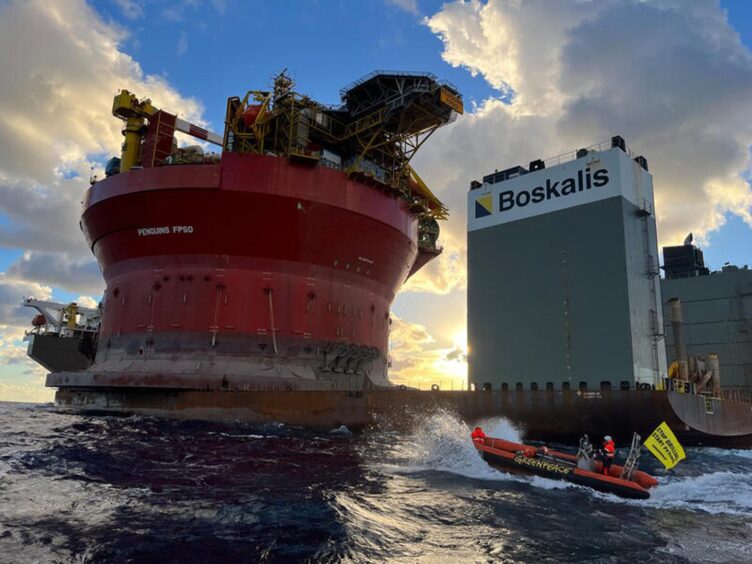 © Supplied by Greenpeace
© Supplied by Greenpeace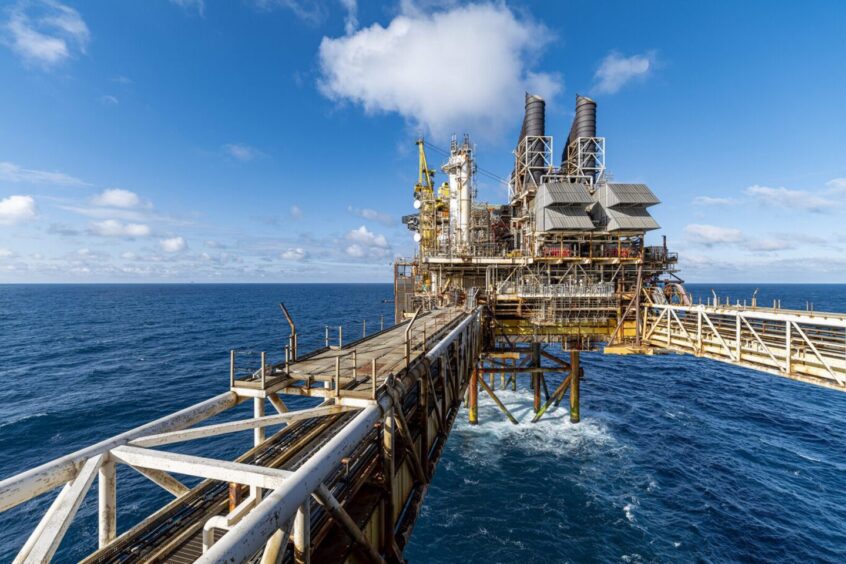 © Supplied by BP
© Supplied by BP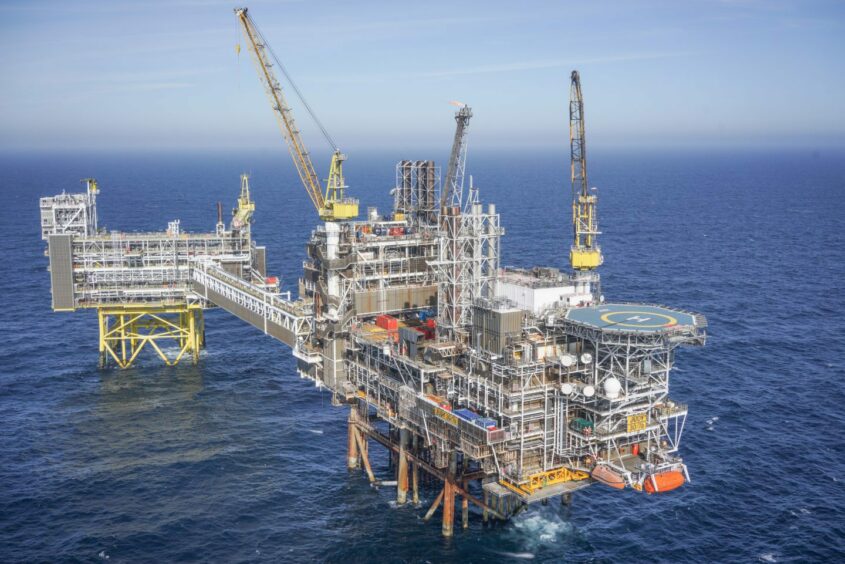 © Supplied by Harbour Energy
© Supplied by Harbour Energy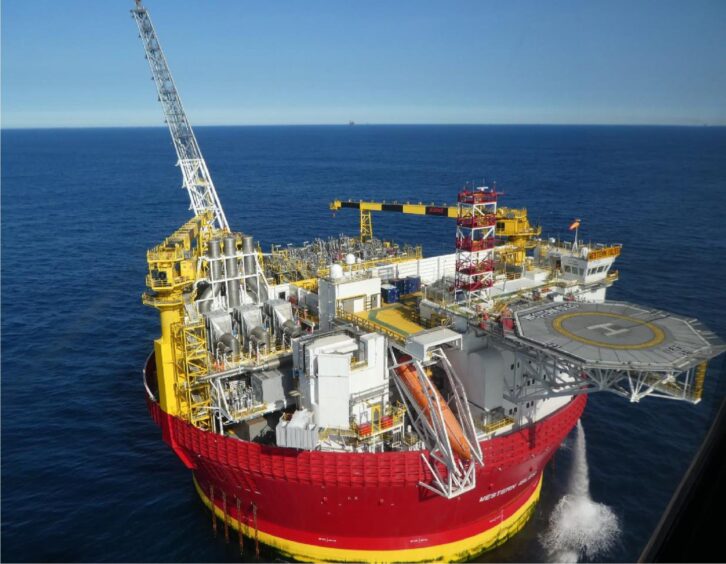 © Image: Ross Creative Communications
© Image: Ross Creative Communications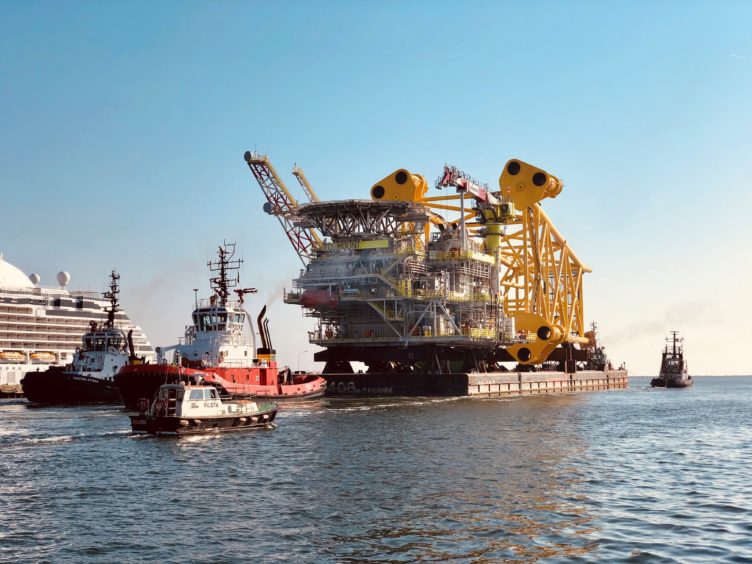
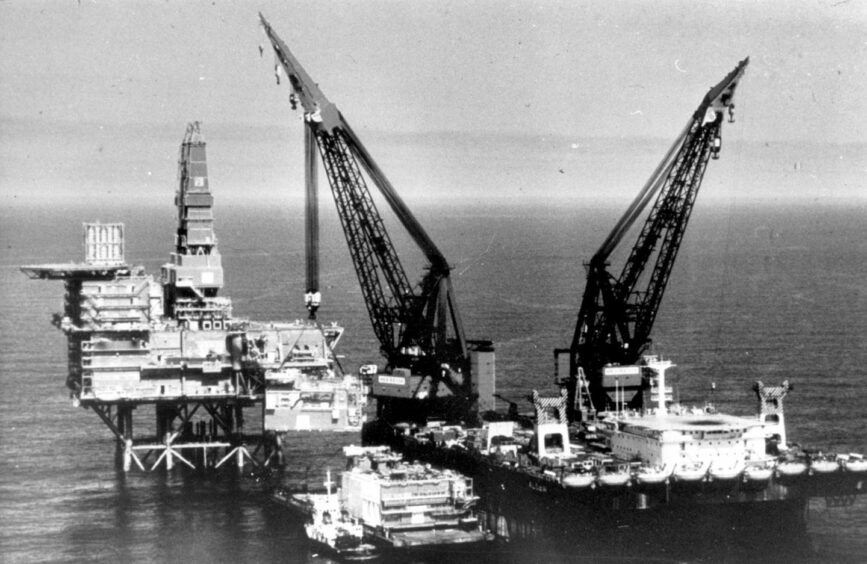 © Supplied by DCTMedia
© Supplied by DCTMedia